What is the best way to train for a multi-day mountain hike while living in the city? How do you train for hiking at all? This is a question that many a budding adventurer has found themselves asking at some point. Especially if they've just signed up to go to Everest Base Camp and their daily routine involves getting three buses to work and going for lunch at Greggs.
There are several stages of planning a hike. The first is deciding that you actually want to do it. The next is taking that process from dream to reality, by booking bits and pieces and organising the travel. This is the exciting bit. But once the initial buzz has faded, it’s not uncommon, especially for relative newbie hikers, for the next stage to be anxiety. What have you got yourself in for here?
Look. The most important thing is not to worry. This is totally normal. You're going to have the adventure of a lifetime. But we have written this article, specifically designed to be read in that time of panic between booking and departure.
If you’re adventurous enough to sign up for a multi-day hike, whether in the Highlands of Scotland or on a far-off mountain range abroad, chances are, you’re going to enjoy yourself when you’re out there whatever happens. Still, preparation never hurt. So here are a handful of tips on how to train for a mountain hike while living in the greys of a city, to help you feel that little bit more prepared.
1. Wear in your hiking boots
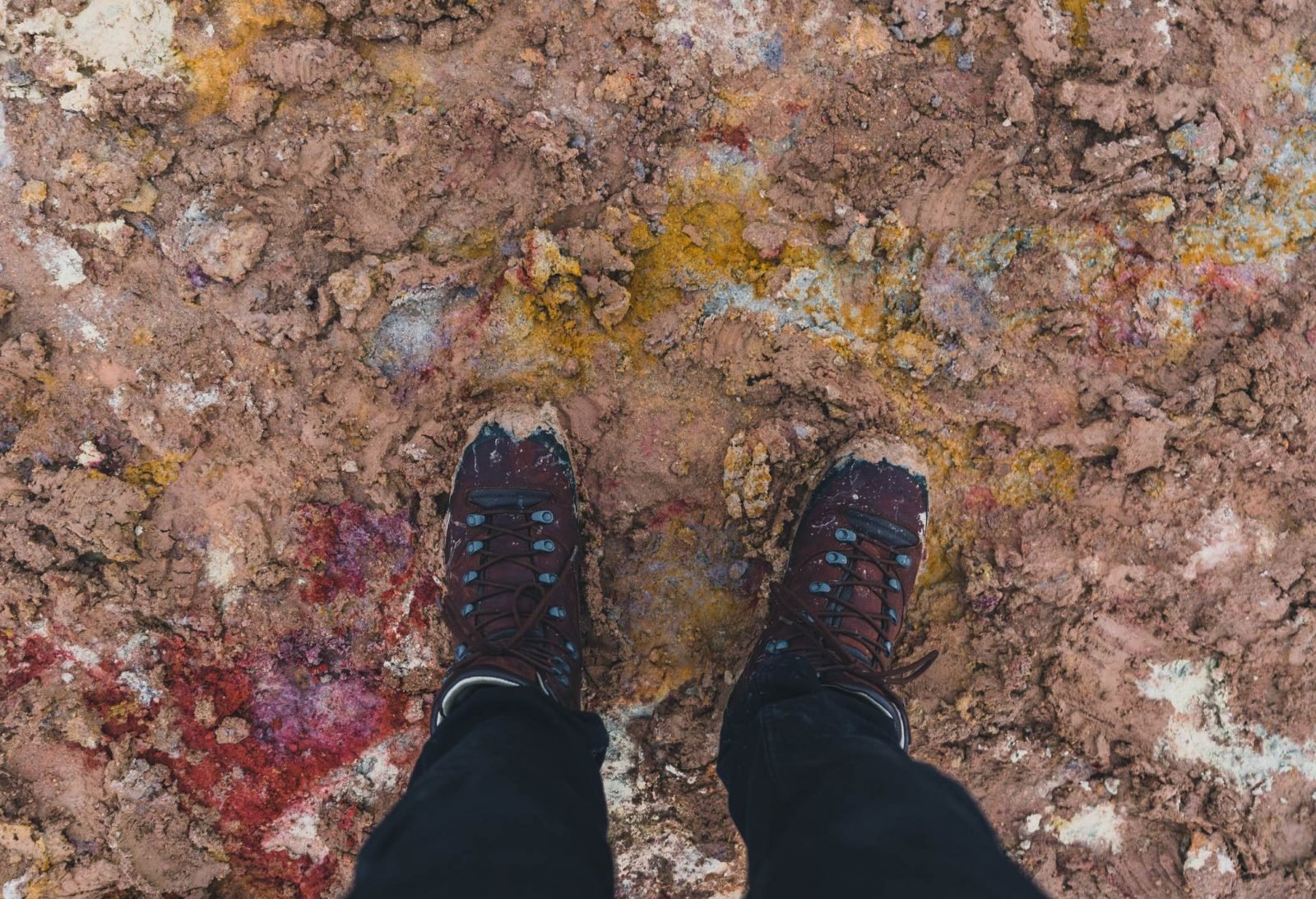
One of the most common errors beginner hikers make is buying a fantastic pair of shiny new hiking boots and then not wearing them in before going. This is not a good idea unless you like going to bed with sore feet and blisters each night. And if you do like that, then sure, fire ahead, but in that case, therapy also may not be a bad option.
Thing is, wearing in your boots is incredibly easy to do. Just wear your hiking boots as much as physically possible before you head off on your trip. Wear them in the house. Wear them to the shops. Wear them on walks, however long or short. Take them to concerts. Treat them to a theatre trip every now and then. Wine them. Dine them. Get to know your hiking boots; their favourite terrain, their favourite weather, whether or not they like long walks on the beach. Treat your hiking boots well and they’ll return the favour double out on the mountain.
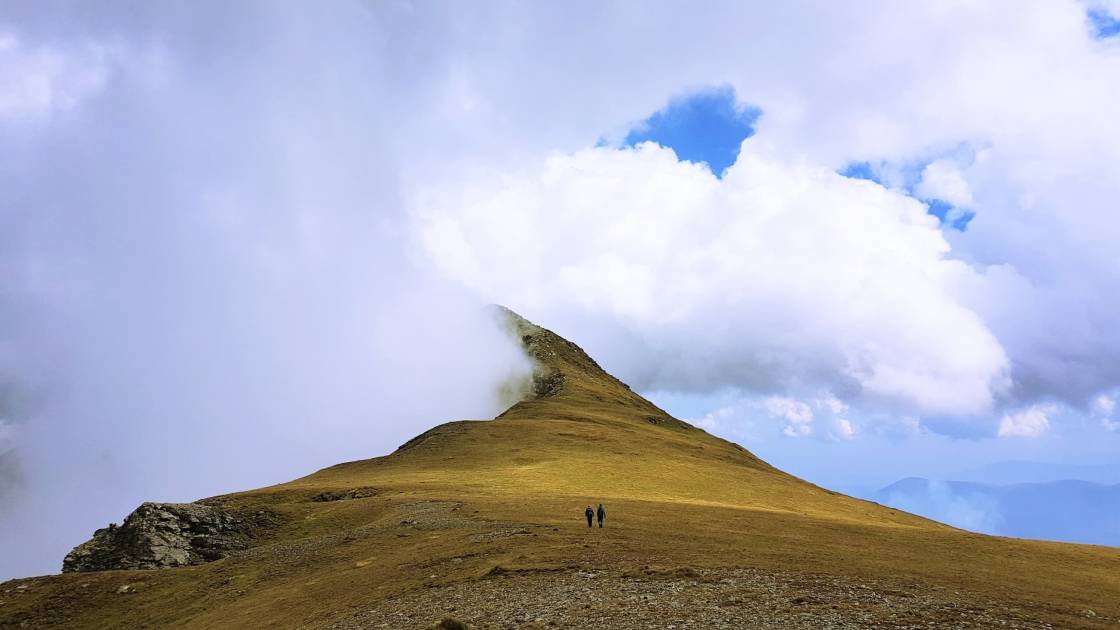
2. Train with a backpack

In a similar vein to breaking in your shoes, it’s a great idea to wear the backpack that you’re going to be using in the mountains on as many walks as you can. For some this might mean taking it to work, or if it’s a big boy of a backpack, and a little inappropriate for the work environment (get a new job!) then try to wear the bag occasionally on a walk or jog around the city. Look. We get it. The idea of wearing a bag on a run when you absolutely, definitely do not need to be wearing that bag might feel silly, but it will let you get a feel for all the features, for the right fit for your shoulders, and get you used to wearing the pack for hiking.
Maybe a bit much for preparing for a weekend hike. But, basically, it’s a case of leaving as little to chance on your multi-day hike as possible.

3. Seek out gradients

As you’ll be noticing, a lot of the time when you’re training for trekking in the city, your main aim should just be to emulate as closely the environment you’ll be walking in as possible. The best training for hiking is specific to your particular adventure.
Do a bit of research and look up exactly what the hike you’re going to be doing involves. There’s a good chance there’ll be a day-by-day itinerary on the website where you booked it, and reviews or reports from fellow hikers around the world online who have done it too.

This will give you a better idea of what you’re in for, and if you find there’s one stretch described as particularly hard or a particularly steep gradient, then why not look around your city, or use something like FATMAP or Google Maps, to find a hill with a similar gradient that you can practise some casual hiking on? This way you won’t be taken by surprise when you turn a corner in a rainforest and find yourself at the bottom of a five-kilometre hill, you’ll simply trade a salute with an Orangutan and then get marching.
4. Track your progress

Next up on How to Train for a Hike: tracking. Tracking your training progress through apps is a great way to stay motivated and see how all your hard work is having an impact. If you download something like Strava or an alternative app, not only will it track your distance and time, it’ll show you the elevation gains you’ve climbed and you can then go on and use that information to plan out future routes so they offer you exactly what you need in terms of variety. Changing up your route like this is a great way to avoid monotony when the bulk of your training is taking place in the same city.

5. Be smart with your gym work

The gym isn’t for everyone, and that’s fine. Particularly in the adventure world, a lot of hikers like to train just by doing – and to prepare for hiking and running simply by hiking and running in the outdoors. This is great and of course, it absolutely works, but sometimes if you’re city-based, and it’s wet or wild weather outside, a gym can be good for training for a hike. How to train for hiking? However you can fit it in.
If you’re going to be using a gym, make sure to remember to work key muscle groups that will be relevant to your hike. Crossfit is great training for hiking, so get some kettlebells involved and get squatting. It can be good to get out of your comfort zone too when you train. Don’t overlook yoga or pilates classes just because you’ve never tried them before. If your gym offers them, get involved. What have you got to lose? Breathing exercises can be every bit as important as muscle work when you’re on a hike.

6. Test gear on adventure weekends
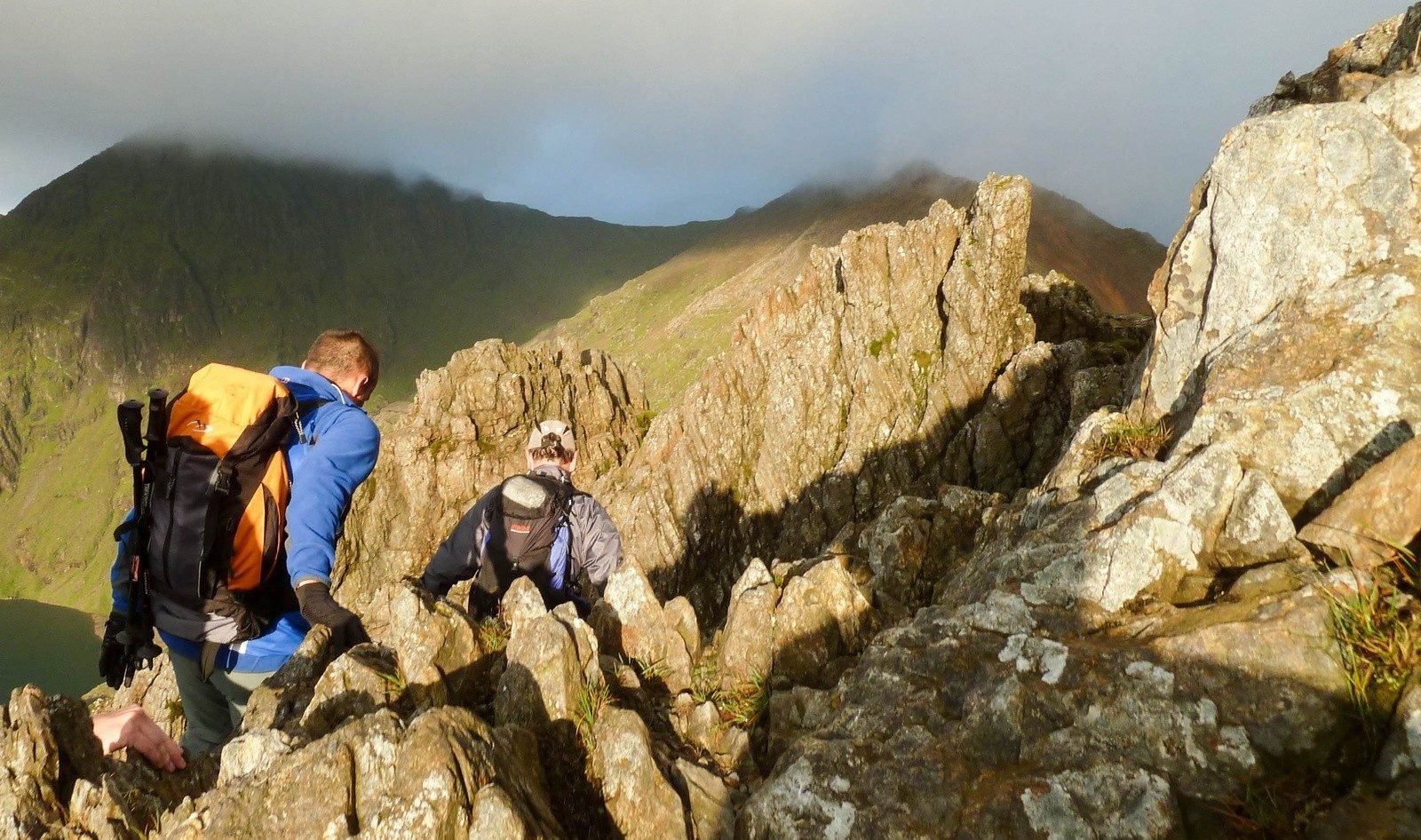
If you live in the city then it’s likely that you work indoors and that it’s hard for you to get out to the countryside proper during the week. That’s fine. Walk, run or go to the gym mid-week, but know that there’s still no substitute for preparing you for hiking like taking a hike yourself, so get in the mindset of adventuring on the weekends!
Use your upcoming hike as an excuse to test out every bit of your gear in the wild and to get out to those slightly-further-away-than-you’d-like hilly locations that you’ve been meaning to hike on for ages. Call up some mates and get them to come too. This is our favourite tip in the list, because it’ll end up adding a whole lot of mini-adventures to your everyday city life.
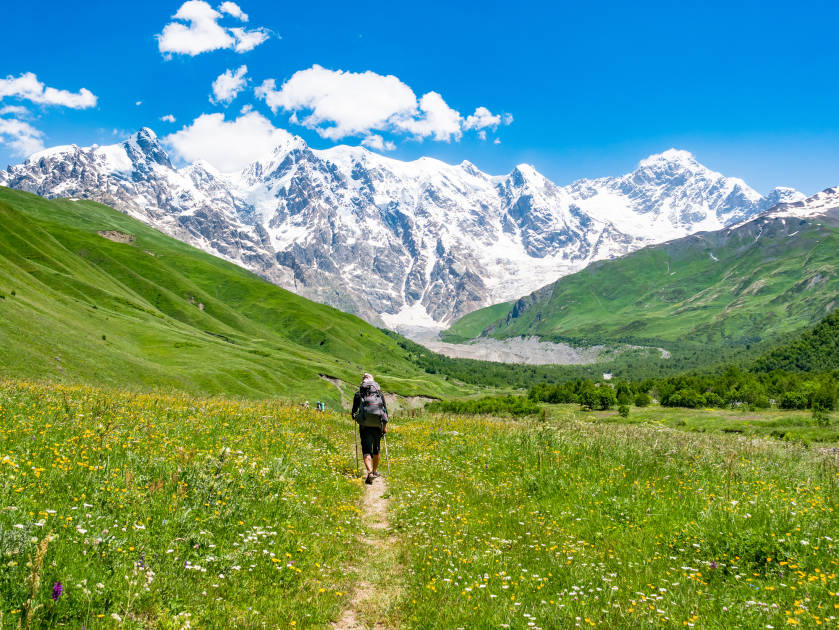
7. Stay motivated!
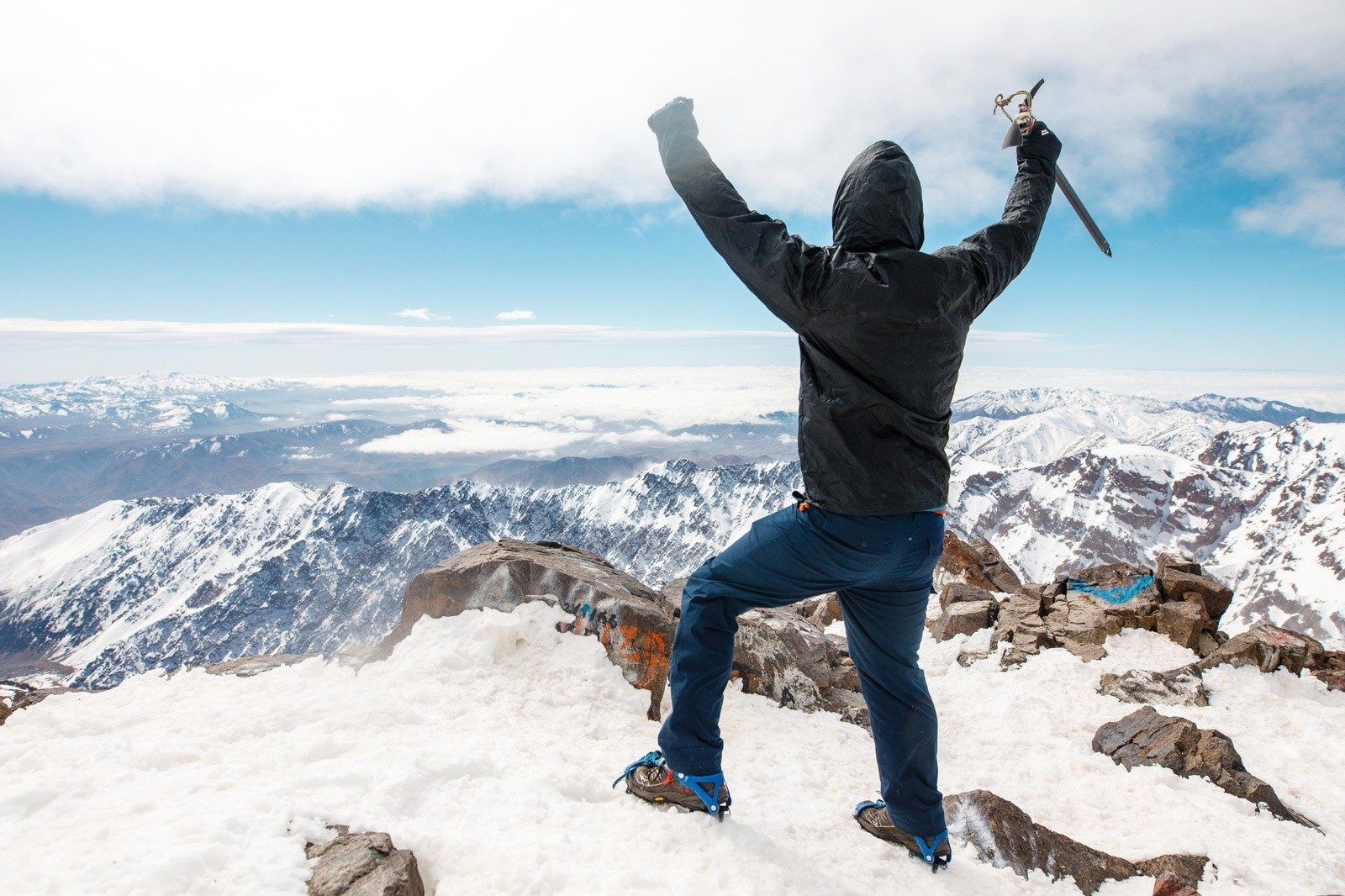
Remember why you’re doing all of this! You’ve got your eyes on what might be an ultimately life-changing hike, and almost certainly something that you’ll remember doing forever.
Don’t be scared of the hike. Work away and train up by all means, but remember that you’re doing all of this so that you can enjoy the hike even more when you get out there.
Keep that in mind and stay stoked for the adventure. Follow some photographers from the region on Instagram so you’ll keep seeing shots of where you’re off to popping up on your feed, read a book from the area, or look up the local food you want to get there.
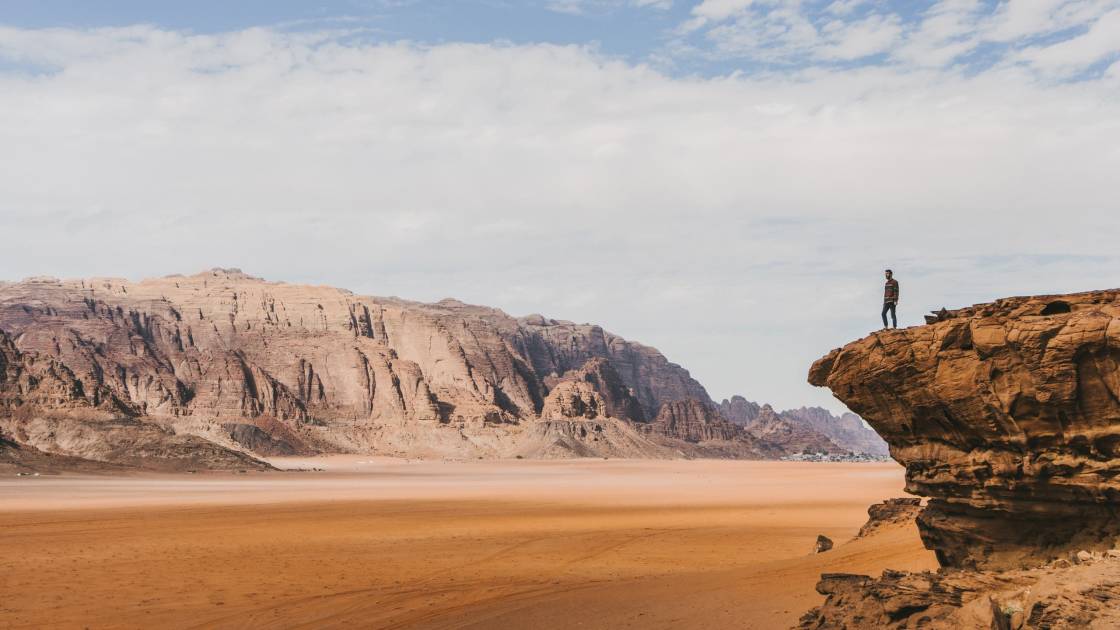
This is the stuff that really matters – the enjoyment and the adventure of the hike! So remember this and you’ll stay motivated for your trip, and that will get you stoked to train.
Whether you’ve already got your next hike planned in and are looking for the next challenge, or just need a bit of inspiration on where to start, we’ve got you covered. Check our collection of epic hiking trips, carefully hand-picked by yours truly.


